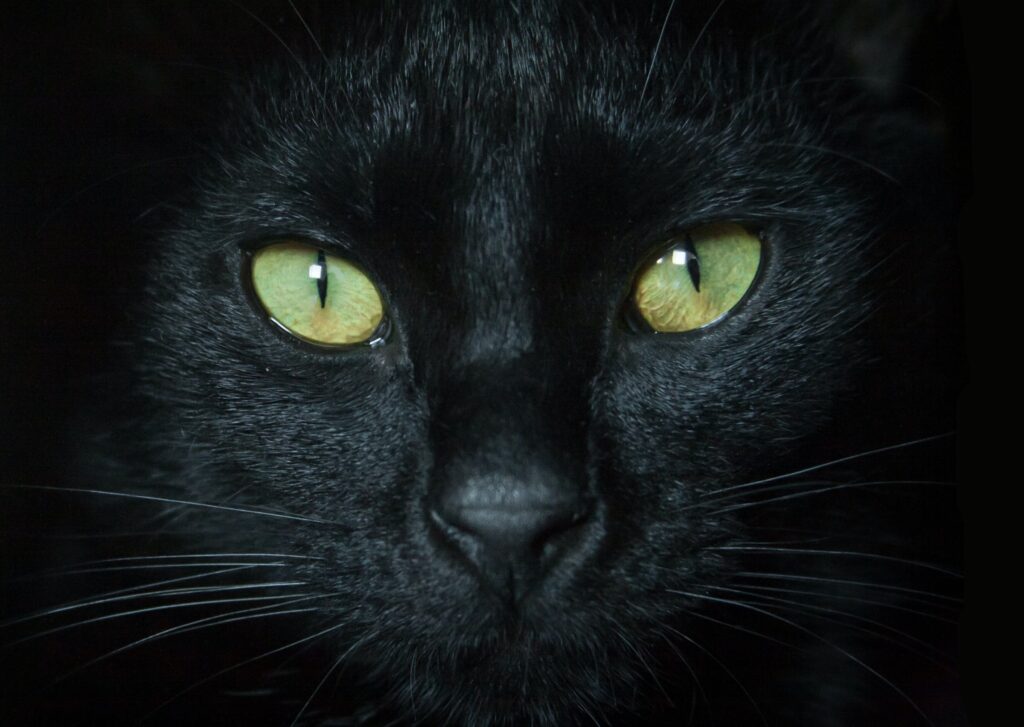Through Their Eyes: Exploring The Truth About Cats And Dogs’ Color Perception
For a long time, it was widely believed that cats and dogs were completely colorblind, perceiving the world in shades of gray. However, recent scientific discoveries have shattered this misconception, revealing that our furry friends do have some ability to see colors, albeit different from that of humans.

While humans possess three types of color receptors known as cones, which enable us to perceive a wide spectrum of colors, cats and dogs have only two types of cones. This means they have a limited color perception compared to humans. Their visual world consists of shades of blue and green, but they lack the ability to see red and its related hues.
This trichromatic vision, as it is called, allows them to see a range of colors, although not as rich or vibrant as what we experience.
It is intriguing to note that cats possess a greater abundance of rod cells in their eyes compared to humans. These specialized cells play a crucial role in detecting light and motion, enabling cats to be proficient hunters even in environments with low levels of illumination. However, their color vision is less acute than that of dogs, as they possess a lower number of cones.

Dogs, on the other hand, have a different visual perception compared to both humans and cats. They have fewer cones overall, making their color vision less developed. Dogs are dichromatic, meaning they primarily see shades of blue and yellow. Colors like red and green appear more like shades of gray to them.
It is important to note that while cats and dogs have limited color vision compared to humans, their senses of smell and hearing are much more acute. They rely heavily on these senses to navigate and interact with their surroundings.
